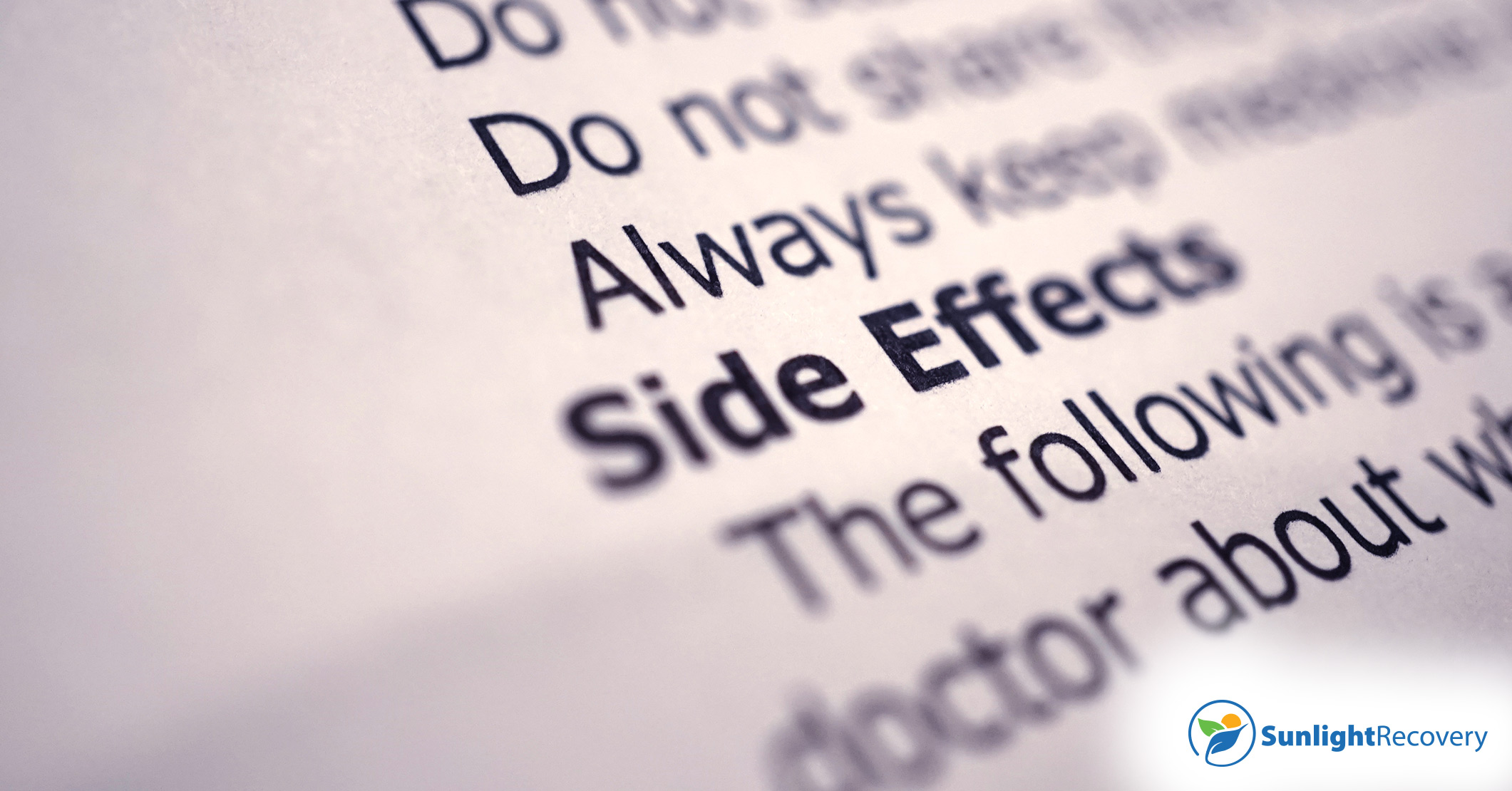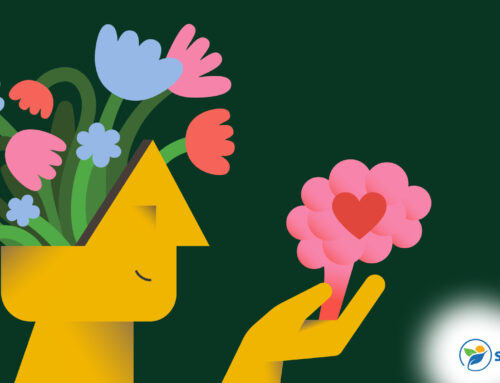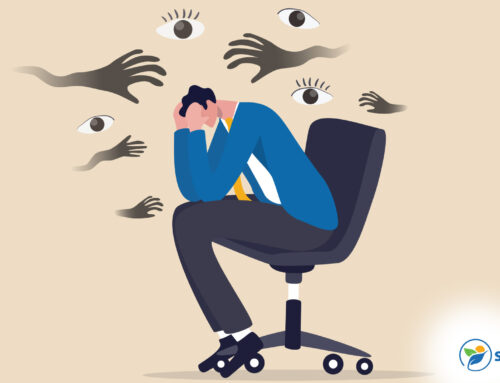When it comes to mental illness, movies and television shows don’t always provide accurate portrayals. One condition that’s been repeatedly misrepresented in the media is schizophrenia. Often, schizophrenic characters are shown as dangerous and incapable of being helped. In reality, people with schizophrenia are more likely to hurt themselves than others. And their symptoms can be managed with treatment.
A well-known schizophrenia treatment is haloperidol. Commonly known by its brand name, Haldol, this antipsychotic medication improves mood and behavior by adjusting dopamine levels. While the drug has proven an effective treatment for schizophrenia and other conditions, it can also cause unwanted side effects — especially if the prescription instructions aren’t followed. Let’s take a closer look at possible Haldol side effects and how to monitor and manage them.
What Does Haldol Do to a Person?
Before we go over the side effects of Haldol, it’s important to understand how the medication works. As mentioned above, Haldol is an antipsychotic drug that’s largely used to treat schizophrenia, a brain disorder that affects 24 million people worldwide. It may also be used to treat Tourette’s syndrome and behavioral issues.
Generally, people with these conditions experience hyperactivity and heightened excitement. These symptoms can be linked to dopamine, a neurotransmitter that affects mood, behavior and attention. By inhibiting the effects of dopamine, Haldol can prevent overexcitement and encourage healthier behavior patterns.
What Are the Side Effects of Haldol?
While Haldol can be a helpful resource, it’s not readily available. You must have a diagnosed condition and a doctor’s prescription before you can use the drug. This is because Haldol can cause several unwanted side effects, especially if usage isn’t monitored. Common Haldol side effects include:
- Fatigued or stiff limbs
- Trembling fingers and hands
- Difficulty moving eyes
- Twisting movements
- Muscle spasms
- Weight gain
- Restlessness
- Shuffling walking pattern
- Difficulty balancing
- Trouble speaking and swallowing
For most Haldol users, side effects are limited to this list. However, some people may experience more serious symptoms.
Less Common But Serious Haldol Side Effects
Here are some side effects of Haldol that are less common but still serious:
- Difficulty urinating
- Hallucinations and confusion
- Lip-smacking and decreased thirst
- Skin rashes
- Uncontrollable movements
- Convulsions and seizures
- Difficulty breathing
- Fast heartbeat
- High fever
- Extreme muscle stiffness
To lower the risk of serious symptoms, it’s important to carefully monitor Haldol use.
Monitoring and Managing Haldol Side Effects
Ultimately, every patient has a different experience with Haldol. While some people have few to no symptoms, others undergo multiple symptoms simultaneously. And some people may have rare but serious symptoms, such as hallucinations and convulsions.
Although rare symptoms can impact anyone, you’re more likely to experience them if you use more Haldol than recommended by your doctor. In the worst-case scenario, taking too much Haldol can result in fatalities. Despite these risks, Haldol can still be a safe, effective treatment (provided you carefully monitor the effects). Here are some helpful ways to manage Haldol side effects.
- Understand the symptoms. To monitor symptoms, you need to know what they are. Once you’re familiar with the possible side effects, you can begin looking out for them. Make a list of any changes you notice, whether they’re minor or major. And don’t overlook seemingly small symptoms, as they may escalate over time.
- Regular checkups. When taking Haldol, it’s important to maintain consistent communication with your medical provider. In addition to attending scheduled checkups, reach out if you notice any concerning symptoms. Your doctor can help you manage these symptoms by providing a supplementary treatment (such as cream for skin rashes). If necessary, they may change your dose or medication.
- Lifestyle changes. While some Haldol side effects require medical intervention, others can be managed through lifestyle changes. For example, symptoms like weight gain can be mitigated through diet and exercise. It’s also advisable to avoid substances that may interact negatively with Haldol, such as alcohol.
Of course, managing the side effects of Haldol isn’t just the patient’s responsibility. Health care providers also play a major role in making sure the treatment is safe.
The Role of Health Care Providers in Haldol Treatment
Health care providers play an important role in making sure that Haldol treatment is successful.
- Assessments and diagnosis. Your health care provider is responsible for evaluating your condition and determining whether Haldol will be an effective solution. In addition to considering your symptoms and medical history, they should also take into account any medications you’re currently taking. Some drugs, such as cisapride and dronedarone, can interact negatively with Haldol.
- Checkups and dosage adjustments. Once Haldol has been prescribed, your health care provider should monitor its effects through regular checkups. Over the course of these appointments, they may adjust your dosage based on the effects. For example, patients who see minimal improvement may receive higher dosages, while patients experiencing unpleasant side effects may receive lower dosages. If side effects are severe or the drug seems ineffective, your health care provider may recommend stopping Haldol altogether.
- Mental health support. While Haldol can help manage symptoms of schizophrenia, it’s not a comprehensive treatment in and of itself — rather, it should be paired with other mental health treatments. Psychotherapy, for example, helps patients analyze and adjust their own thoughts, emotions and actions. Another helpful treatment is group therapy, which gives patients the opportunity to connect with other people who have the same condition.
Overall, your health care provider should be invested in every step of your health journey. This means confirming that Haldol is right for your condition, managing its side effects and making sure you’re supported mentally.
At Sunlight Recovery, we offer comprehensive mental health treatments designed to promote your overall well-being. Our treatment plans include a wide range of personalized solutions, such as medication, therapy and inpatient treatment. We believe a better life can be achieved through treatment. Contact us to learn more.






